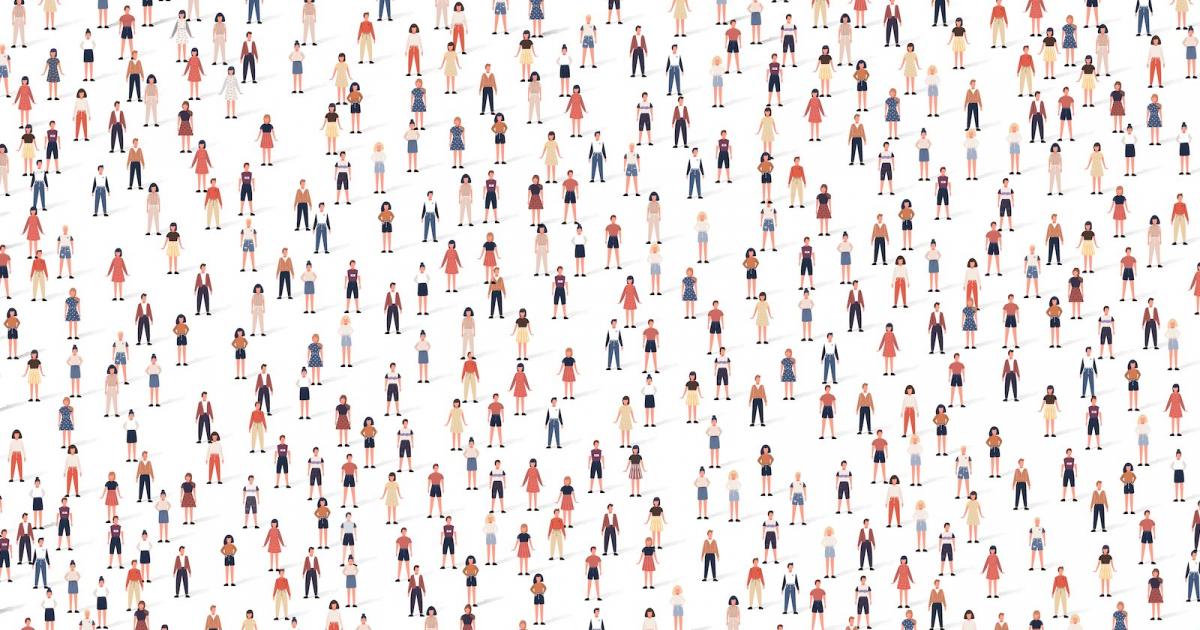
Researchers Whoever published this result in March tried to rate the thing in 12 different ways and each time they came to similar results, with a total of nearly 1,000 participants. American participants, for example, had to be shown 100 pictures of different faces, then asked the “guinea pigs” to rate the proportion of blacks. While this was 25%, people rated it an average of 45%. Israeli and Palestinian participants from the Hebrew University of Jerusalem were asked to rate the percentage of Muslim students at the university. While the true percentage was 9%, participants rated it over 30%.
In psychology, this is a phenomenon known for a long time: we notice more elements that differ from the majority, so we tend to overestimate their presence or overestimate the risks. The new world cite the example Air crashes: extremely rare, but people are afraid of them, because reporting each leads to an overestimation of their frequency.
But when applied to the population, it can lead to serious errors of judgment. For example, among those who fear immigration, their fears will be strengthened. For others, keen to enhance minority access to work, their conviction that this equality has already been achieved will also be strengthened.






